Macromolecules Worksheet Answers
Worksheets are an effective educational tool that allows individuals to reinforce their understanding of a specific subject or topic. For those seeking comprehensive answers to macromolecules worksheet questions, this blog post will explore the intricate details of these essential biological entities. Whether you're a high school student studying for exams or a curious science enthusiast looking to expand your knowledge, this post will provide accurate and comprehensive answers to enhance your understanding of macromolecules and their role in living organisms.
Table of Images 👆
More Other Worksheets
Kindergarten Worksheet My RoomSpanish Verb Worksheets
Cooking Vocabulary Worksheet
DNA Code Worksheet
Meiosis Worksheet Answer Key
Art Handouts and Worksheets
7 Elements of Art Worksheets
All Amendment Worksheet
Symmetry Art Worksheets
Daily Meal Planning Worksheet
What are macromolecules?
Macromolecules are large molecules made up of smaller subunits called monomers. These include proteins, nucleic acids (DNA and RNA), carbohydrates, and lipids. Macromolecules play critical roles in the structure and function of living organisms, serving as the building blocks of cells and tissues, as well as carrying out essential biological processes in the body.
Answer: Large molecules made up of smaller units called monomers.
Large molecules are formed by the bonding of smaller units known as monomers, which combine together through chemical reactions. These monomers link together in a specific sequence to create various types of macromolecules like proteins, carbohydrates, nucleic acids, and lipids, each with unique structures and functions in living organisms.
What are the four main types of macromolecules?
The four main types of macromolecules are carbohydrates, lipids, proteins, and nucleic acids. Carbohydrates are energy sources, lipids are molecules that store energy and form cell membranes, proteins are involved in various cell functions, and nucleic acids store and transmit genetic information.
Answer: Proteins, carbohydrates, lipids, and nucleic acids.
These are the four major classes of biomolecules found in living organisms: proteins, carbohydrates, lipids, and nucleic acids. Proteins are composed of amino acids and play various roles in biological processes. Carbohydrates serve as a source of energy and structural components in cells. Lipids are important for energy storage and cell membrane structure. Nucleic acids, like DNA and RNA, are responsible for storing and transmitting genetic information.
What is the function of proteins?
Proteins have a variety of functions in the body, including serving as enzymes that catalyze biochemical reactions, providing structural support to cells and tissues, regulating gene expression, transporting molecules within the body, and contributing to the immune system by serving as antibodies.
Answer: Proteins perform various functions in the body such as enzyme catalysis, structural support, and cell signaling.
Great job summarizing the diverse roles proteins play in the body! They are crucial for facilitating chemical reactions as enzymes, providing structure to cells and tissues, and transmitting signals for communication between cells. These functions highlight the essential nature of proteins in maintaining proper health and functioning of the human body.
What is the monomer unit of proteins?
The monomer unit of proteins is amino acids.
Answer: Amino acids.
Amino acids are the building blocks of proteins, forming long chains through peptide bonds. They play essential roles in the structure and function of cells, tissues, and organs in the body. The 20 different amino acids are necessary for synthesizing proteins and carrying out various biological functions, making them crucial for overall health and well-being.
What is the function of carbohydrates?
Carbohydrates are primarily responsible for providing our bodies with energy. They are broken down into glucose, which is used by our cells as fuel for various functions such as metabolism, physical activity, and brain activity. Carbohydrates also play a role in maintaining blood sugar levels, supporting the immune system, and facilitating digestion and absorption of nutrients.
Answer: Carbohydrates are a major source of energy and also play a structural role in organisms.
Carbohydrates are essential macromolecules that serve as a primary source of energy for living organisms, providing fuel for cellular processes and physical activities. Additionally, carbohydrates have a structural function in organisms, forming components like cell walls and membranes.
Have something to share?
Who is Worksheeto?
At Worksheeto, we are committed to delivering an extensive and varied portfolio of superior quality worksheets, designed to address the educational demands of students, educators, and parents.

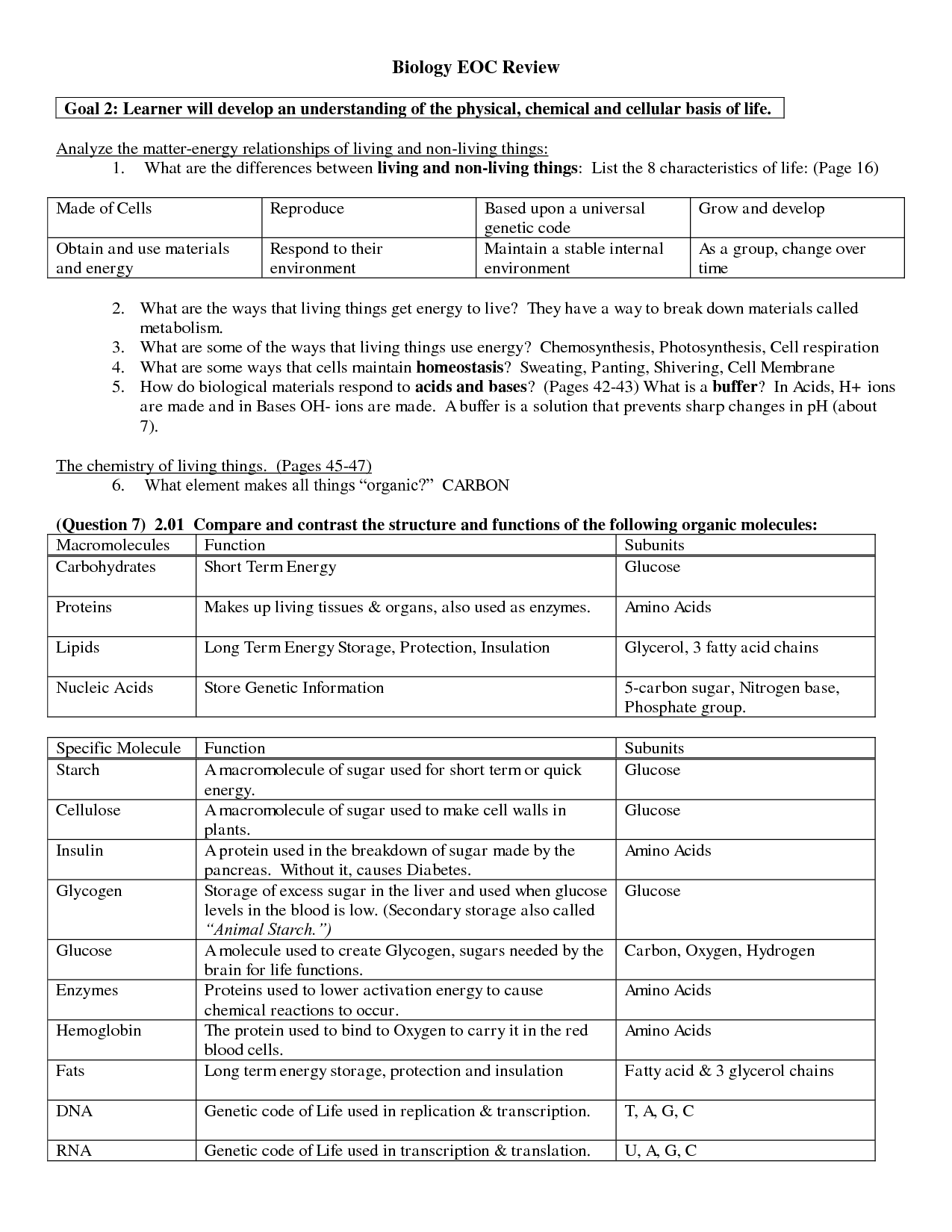



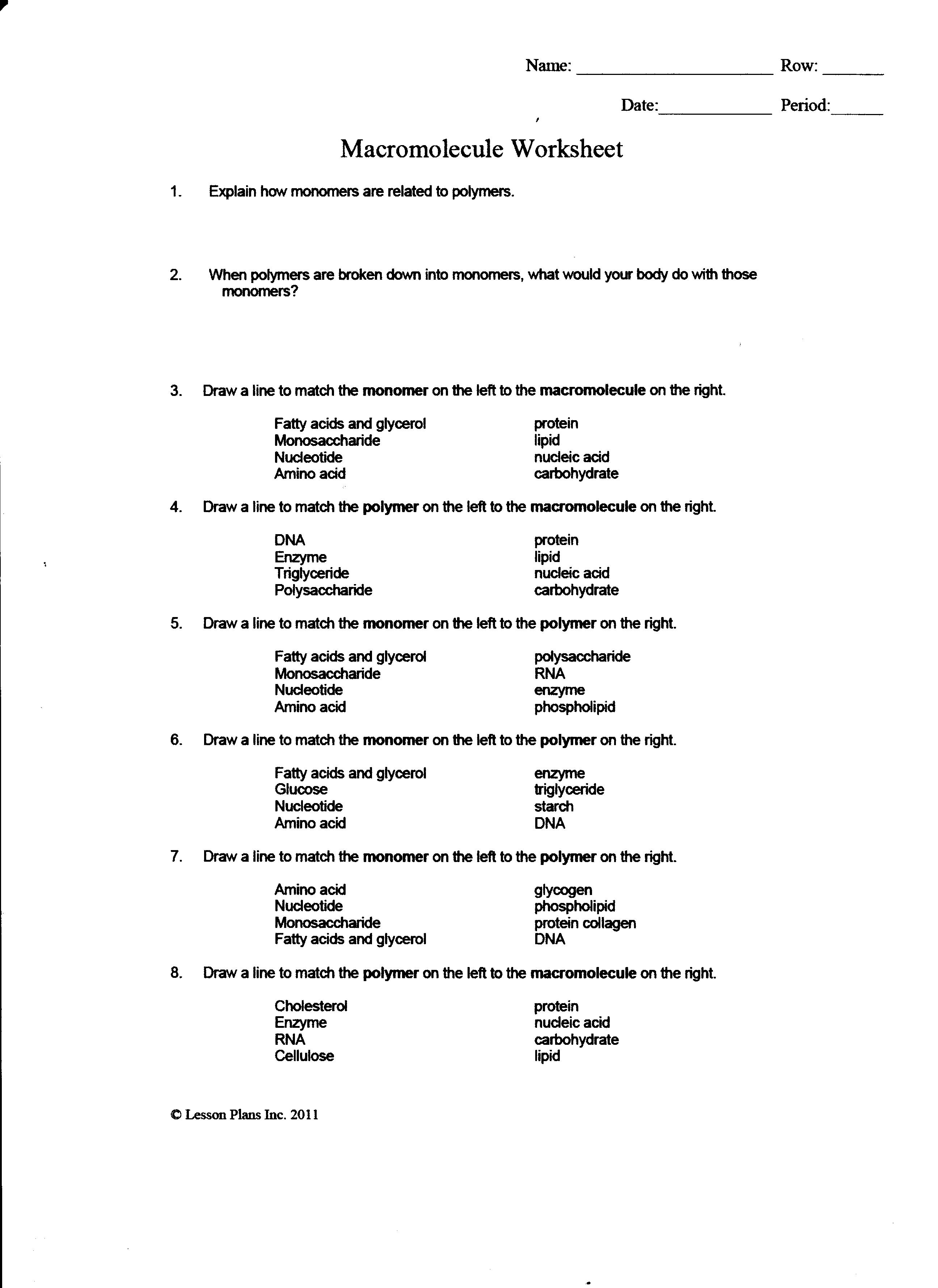
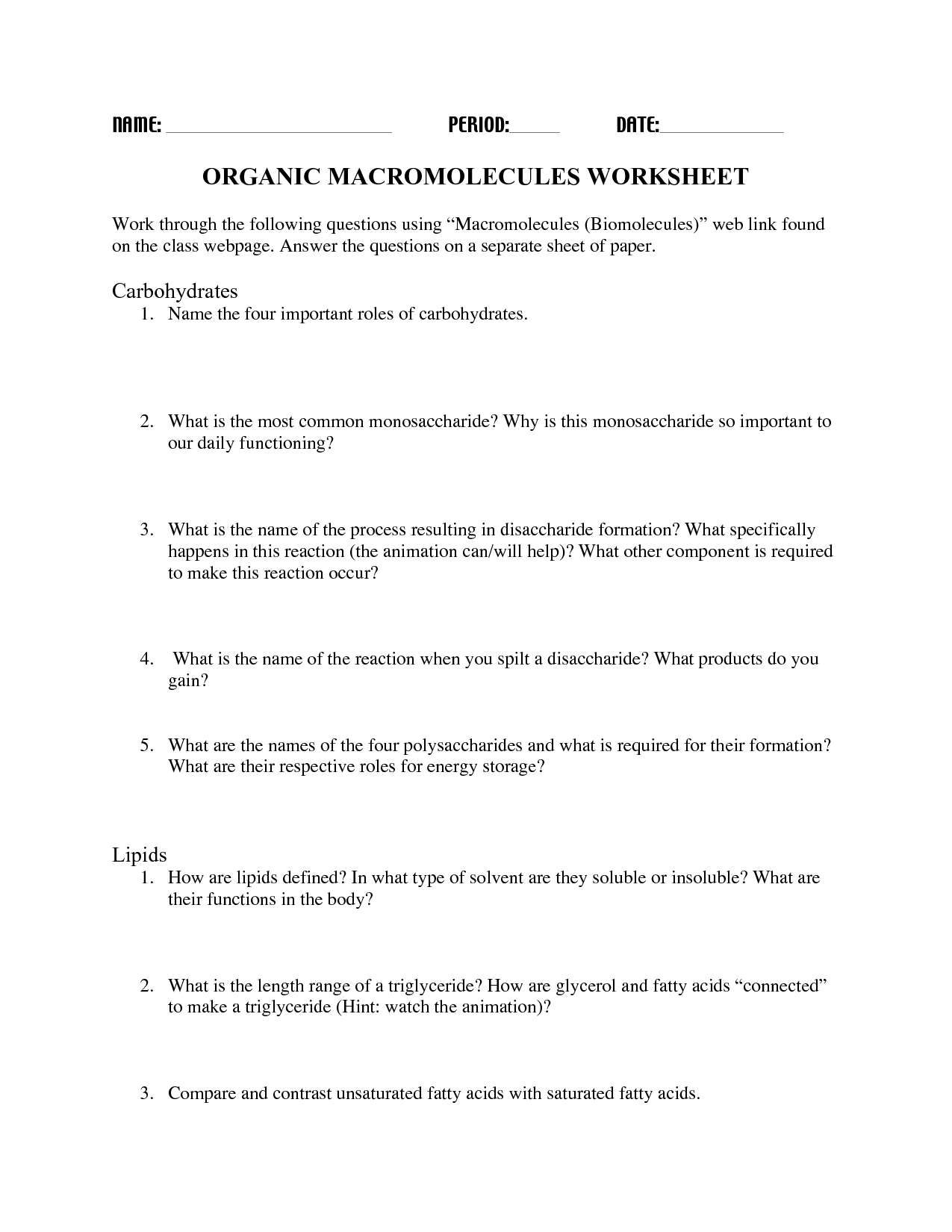
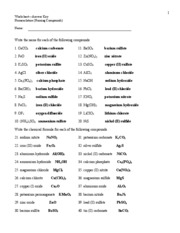
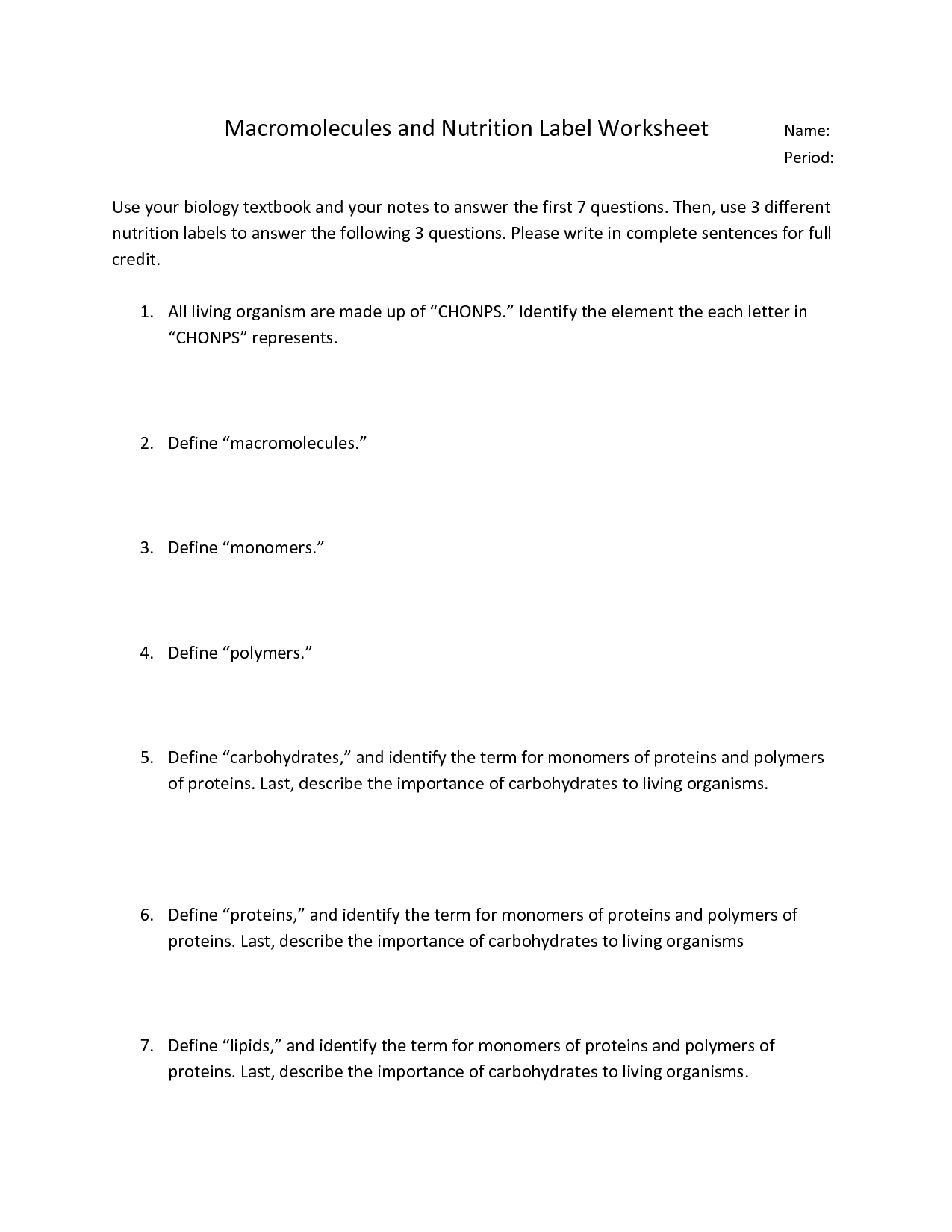

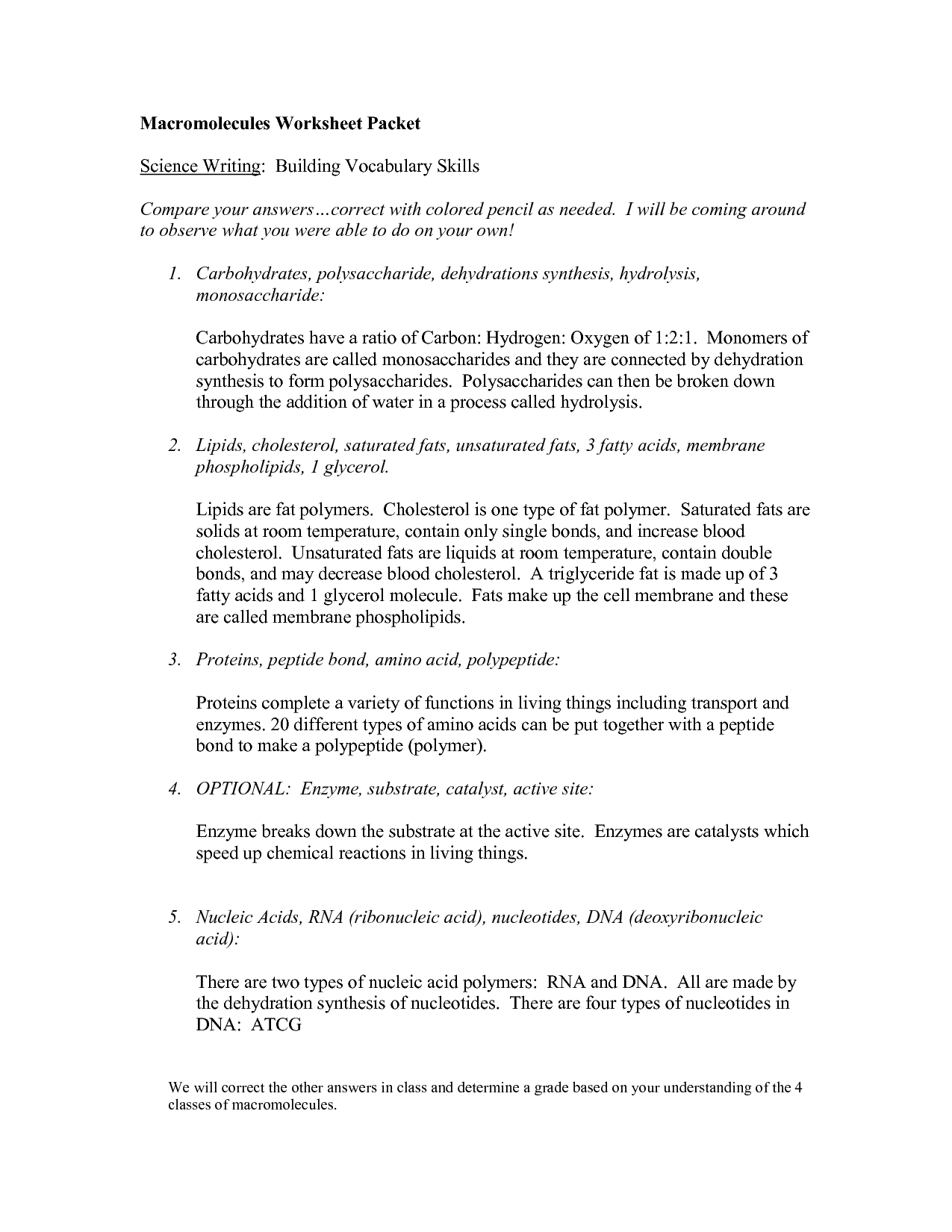
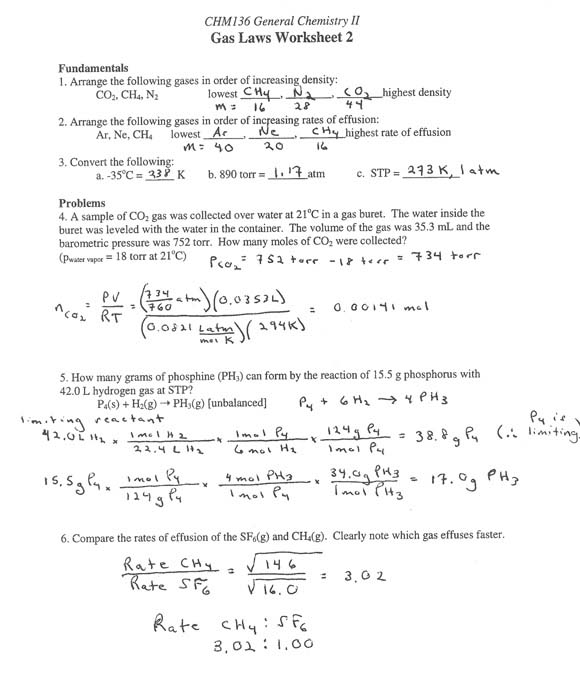
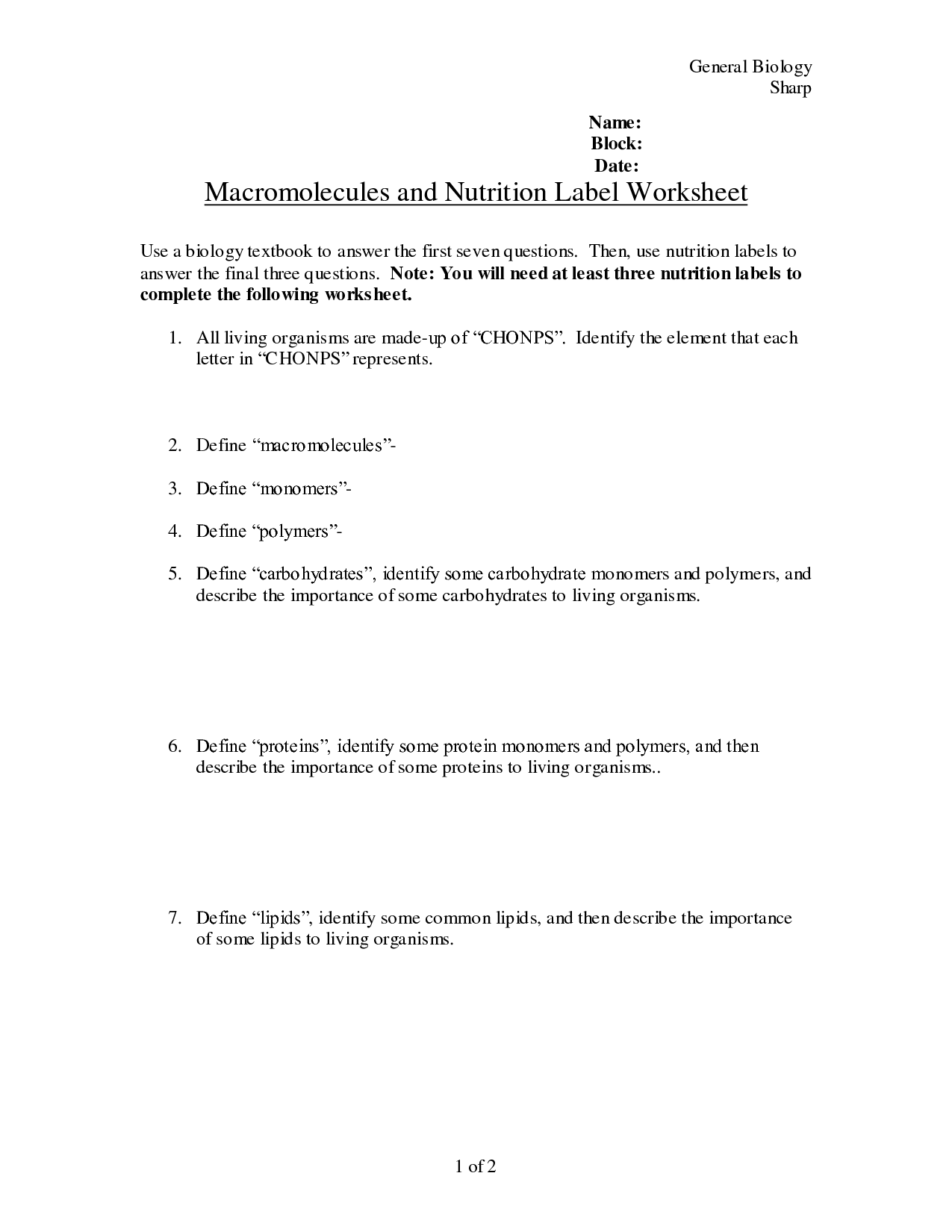
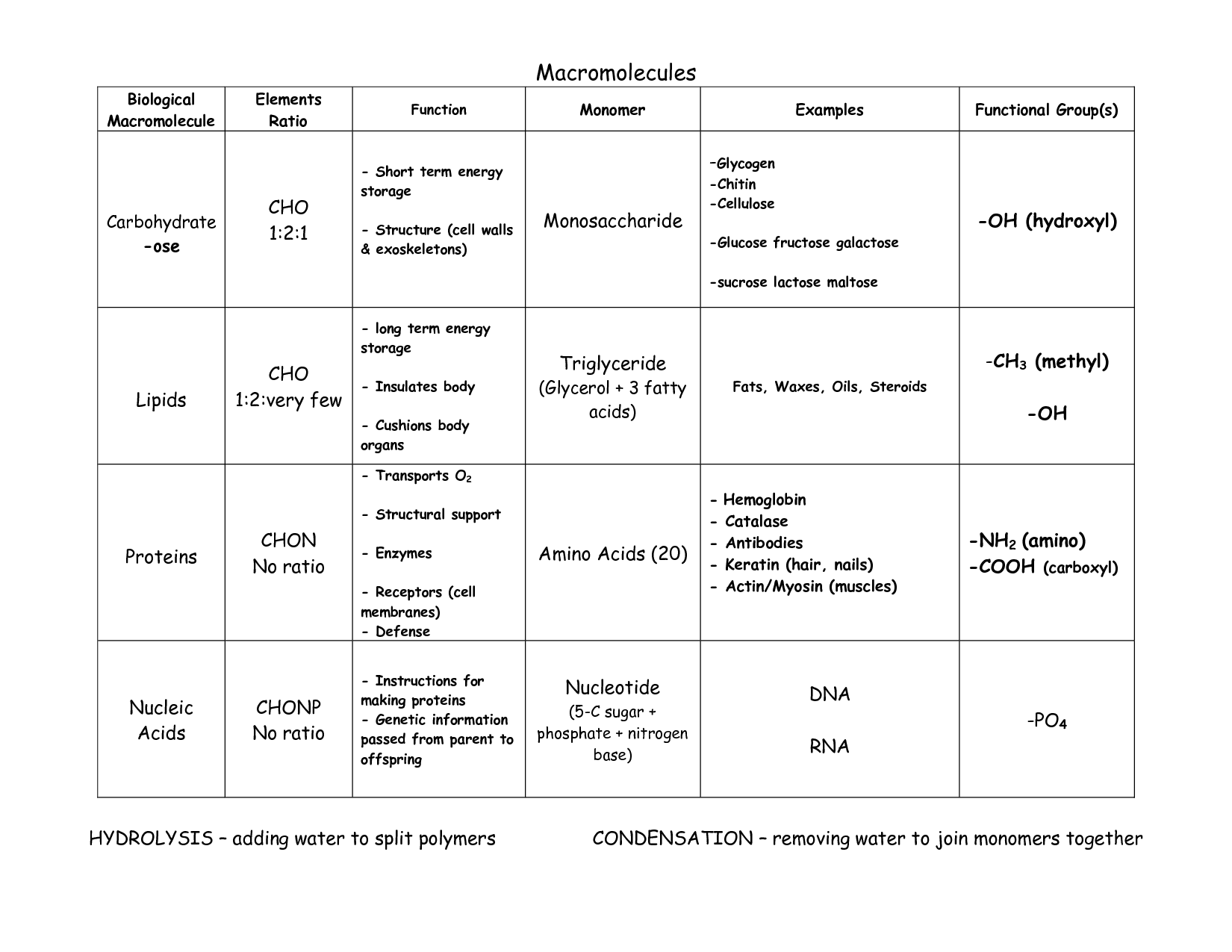














Comments